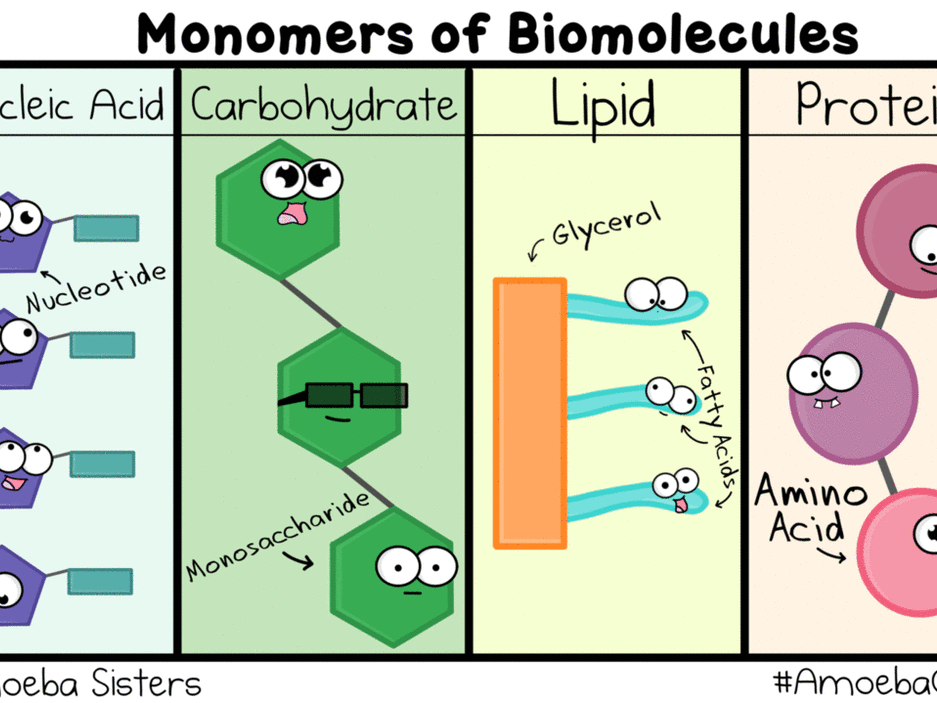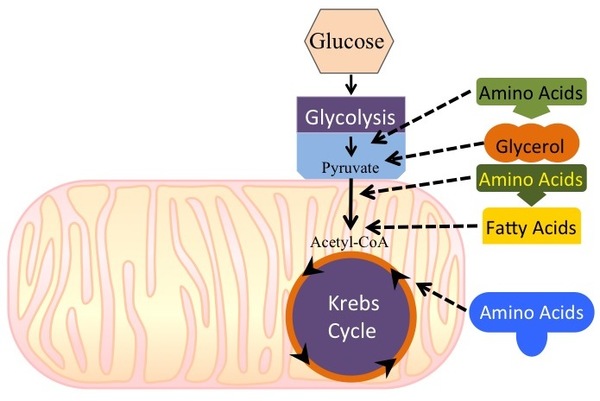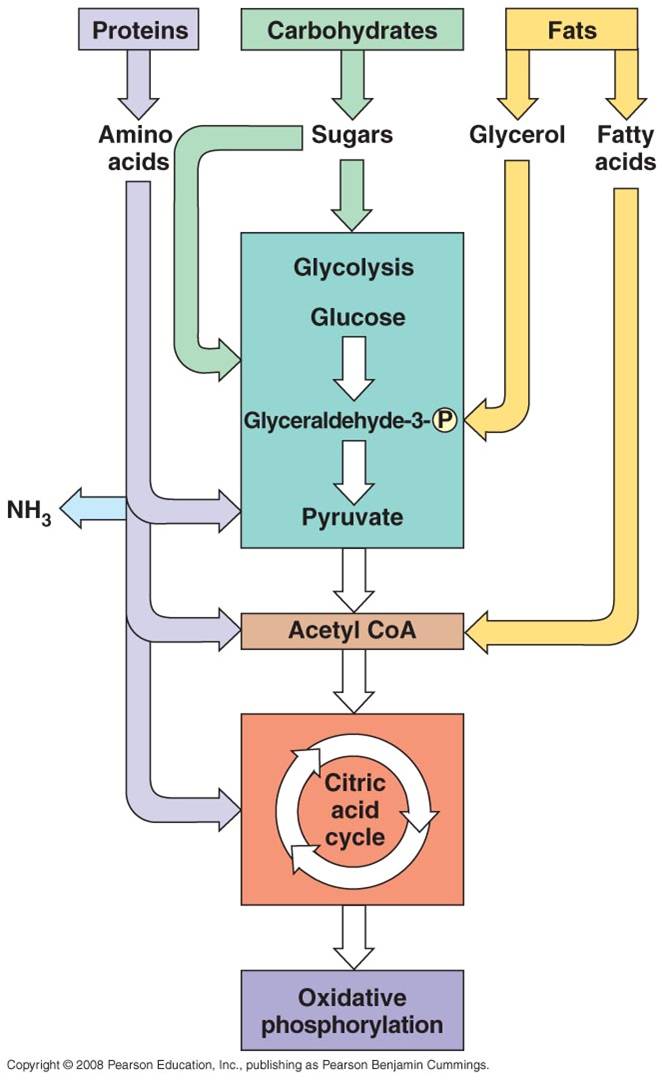is glycerol a carbohydrate lipid or protein Protein lipid glucose glycogen carbohydrate proteins fats into pathways connections metabolic jobilize carbohydrates formation acids muscles phosphate liver hydrolyzed feed
Carbohydrates are one of the most important sources of energy for our bodies. In simple terms, carbohydrates are made up of small building blocks called monomers. These monomers link up to form different types of carbohydrates, each with its unique role in our body. The structure of carbohydrates can vary wildly between different types, but their basic structure is usually made up of carbon, hydrogen, and oxygen atoms. The monomers that make up carbohydrates are called monosaccharides, and there are many different types. Some of the more common monosaccharides include glucose, fructose, and galactose. Carbohydrates can be further broken down into two groups: simple carbohydrates and complex carbohydrates. Simple carbohydrates are often found in foods like sugar and honey, while complex carbohydrates are found in foods like beans, whole grains, and vegetables. When we consume carbohydrates, our body breaks them down into glucose, which is a form of sugar that our cells use for fuel. Too much glucose can be harmful to our bodies, which is why our bodies have mechanisms to regulate our blood sugar levels. In addition to providing energy to our bodies, carbohydrates also play a role in other bodily functions. For example, some carbohydrates are used to form the structure of our cells or to form other important molecules in our bodies. It’s important to remember that carbohydrates are just one part of a balanced diet. Our bodies also need fats and proteins to function properly. In fact, our bodies can even use fats and proteins for energy if we don’t consume enough carbohydrates. So next time you’re reaching for a snack, consider choosing a complex carbohydrate like a piece of fruit or some nuts instead of a simple carbohydrate like a candy bar. Your body will thank you!
If you are searching about Role of Glycerol-3-phosphate phosphatase in intermediary metabolism you’ve visit to the right place. We have 5 Pics about Role of Glycerol-3-phosphate phosphatase in intermediary metabolism like Carbohydrate Monomer Structure, Connections of carbohydrate, protein, and lipid metabolic pathways and also Carbohydrate Monomer Structure. Here it is:
Role Of Glycerol-3-phosphate Phosphatase In Intermediary Metabolism
 www.researchgate.netglycerol phosphate metabolism phosphatase glucose cardiometabolic
www.researchgate.netglycerol phosphate metabolism phosphatase glucose cardiometabolic
Carbohydrate Monomer Structure
 mattharmonsdesigns.blogspot.comcarbohydrates proteins lipids nucleic macromolecules acids biomolecules carbohydrate monomer functions quizizz monomers biochemistry biomolecule
mattharmonsdesigns.blogspot.comcarbohydrates proteins lipids nucleic macromolecules acids biomolecules carbohydrate monomer functions quizizz monomers biochemistry biomolecule
Connections Of Carbohydrate, Protein, And Lipid Metabolic Pathways
 www.jobilize.comprotein lipid glucose glycogen carbohydrate proteins fats into pathways connections metabolic jobilize carbohydrates formation acids muscles phosphate liver hydrolyzed feed
www.jobilize.comprotein lipid glucose glycogen carbohydrate proteins fats into pathways connections metabolic jobilize carbohydrates formation acids muscles phosphate liver hydrolyzed feed
Lipid Monomer Polymer Glycerol Nucleic Acid, Glycerin Transparent
 www.pngguru.comglycerol formula monomer glycerin lipid propano lipids saturated structure molecule glycerine glicerina hydrocarbon nucleic alcanos metano quimica quora desarrollada hydrocarbons
www.pngguru.comglycerol formula monomer glycerin lipid propano lipids saturated structure molecule glycerine glicerina hydrocarbon nucleic alcanos metano quimica quora desarrollada hydrocarbons
Au! 25+ Vanlige Fakta Om The Role Of Carbohydrate, Fat And Protein As
 cockrel59779.blogspot.commetabolisme carbohydrate hubungan aerobic carbohydrates karbohidrat anaerobic fats lipid lemak fuels role atp furman organisms proses eweb katabolisme yield oksidasi
cockrel59779.blogspot.commetabolisme carbohydrate hubungan aerobic carbohydrates karbohidrat anaerobic fats lipid lemak fuels role atp furman organisms proses eweb katabolisme yield oksidasi
Lipid monomer polymer glycerol nucleic acid, glycerin transparent. Metabolisme carbohydrate hubungan aerobic carbohydrates karbohidrat anaerobic fats lipid lemak fuels role atp furman organisms proses eweb katabolisme yield oksidasi. Protein lipid glucose glycogen carbohydrate proteins fats into pathways connections metabolic jobilize carbohydrates formation acids muscles phosphate liver hydrolyzed feed